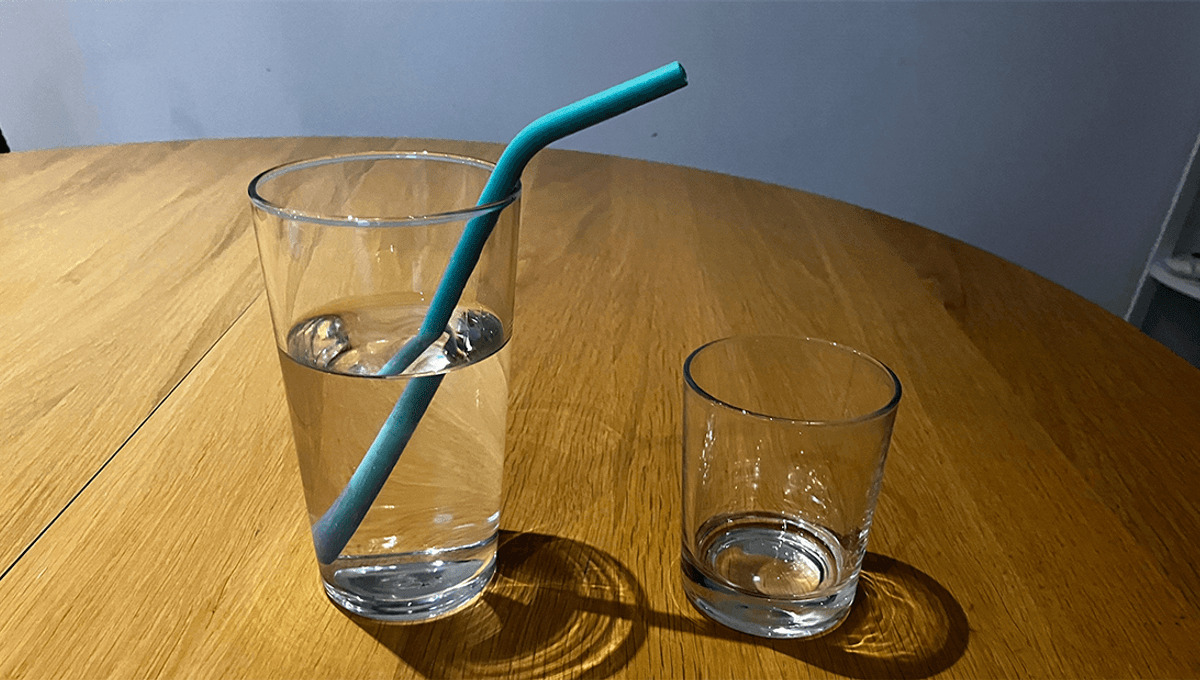
There are concepts in physics that you probably shouldn’t claim to know until you’ve studied them in depth. Don’t believe us? Tell a physicist you understand quantum mechanics after watching a video about Schrödinger’s cat on YouTube.
But straws, surely, aren’t that difficult to understand? Suck on one end, liquid comes out? Well, it’s a little more complicated than you might imagine. For instance, you may not know that straws are more difficult to use at higher altitudes, and impossible to use in the vacuum of space.
The first thing to know is that you are not really sucking the drink up the straw. Or more accurately, you are, but suction is really the result of pressure differences causing liquids, gases, and solids to flow from one area to another.
When you put your mouth around a straw, desperate to slurp up, for example, Um Bongo, you seal off the outside world, creating a pipe from your mouth to that sweet, sweet Um Bongo. Next, you need to lower the pressure inside your mouth by increasing the volume inside of it. You do this without thinking, of course, by lowering your tongue or pulling it further towards the back of your mouth.
This creates a pressure gradient between the inside of your mouth and the outside world, with the inside of your mouth having the lower pressure. Outside of your mouth, the atmosphere presses down on your drink. At sea level, the atmospheric pressure is around 101 kilopascals (14.7 pounds per square inch), and this pressure pushes down on your drink. With the pressure lower inside the straw, the liquid is pushed up into it and into your low-pressure mouth.
Since straws rely on atmospheric pressure, they work less well at high altitudes. There is less pressure pushing down on your drink, and so less force pushing the drink up into your mouth.
Though in space you would have bigger worries on your mind than having a slurp of Um Bongo, it also means that straws will not work in a vacuum; there is simply no pressure exerted on your drink in order to push the liquid into your mouth.
It also means there is a limit to how high you can pull liquid up through a straw, with that limit being around 9 meters (30 feet) at sea level.
Go above that limit and, as shown in the video above, the pressure difference needed to draw water further up the straw will be lower than the vapor pressure of water, and so the water will begin to boil.
In short; straws are more complicated than you think, and suction, like the centrifugal force, is not a real force.
Source Link: How Do Straws Work, And Why Don't They Work As Well At High Altitudes?